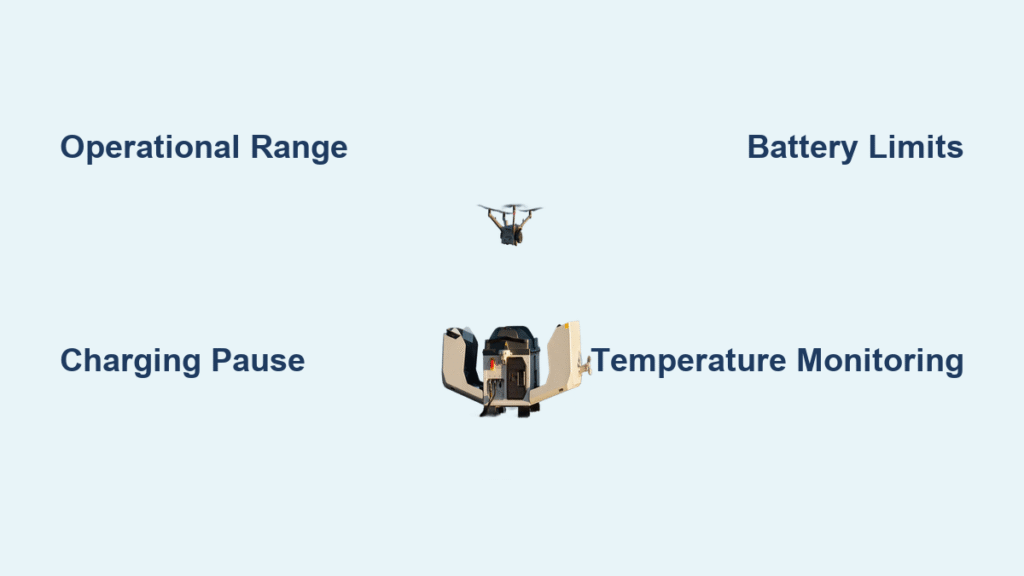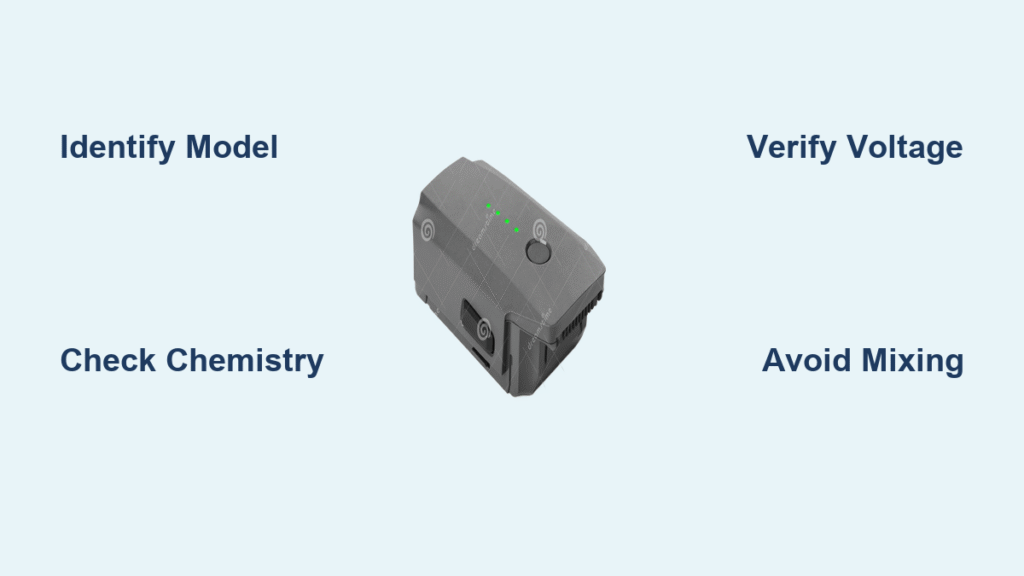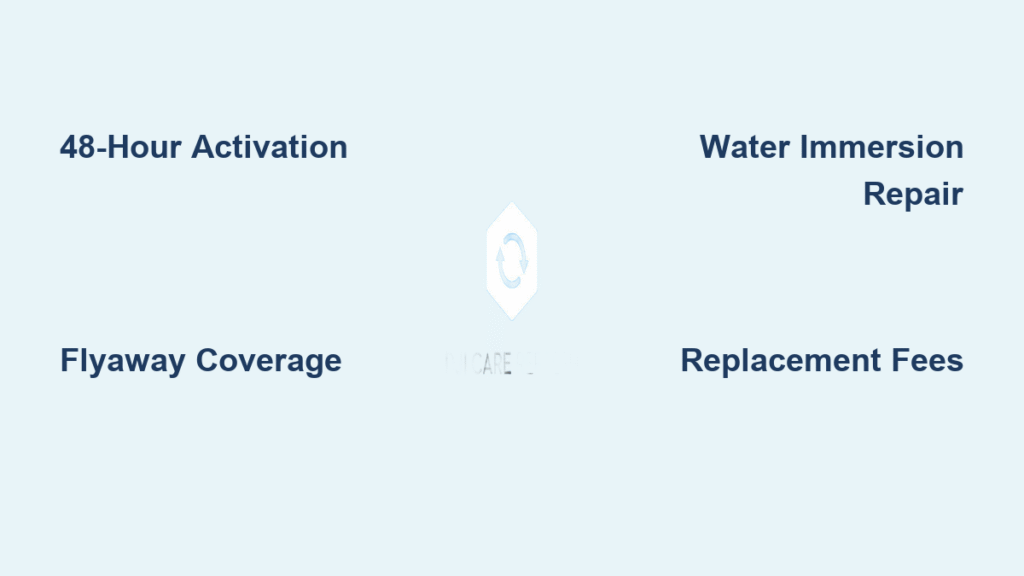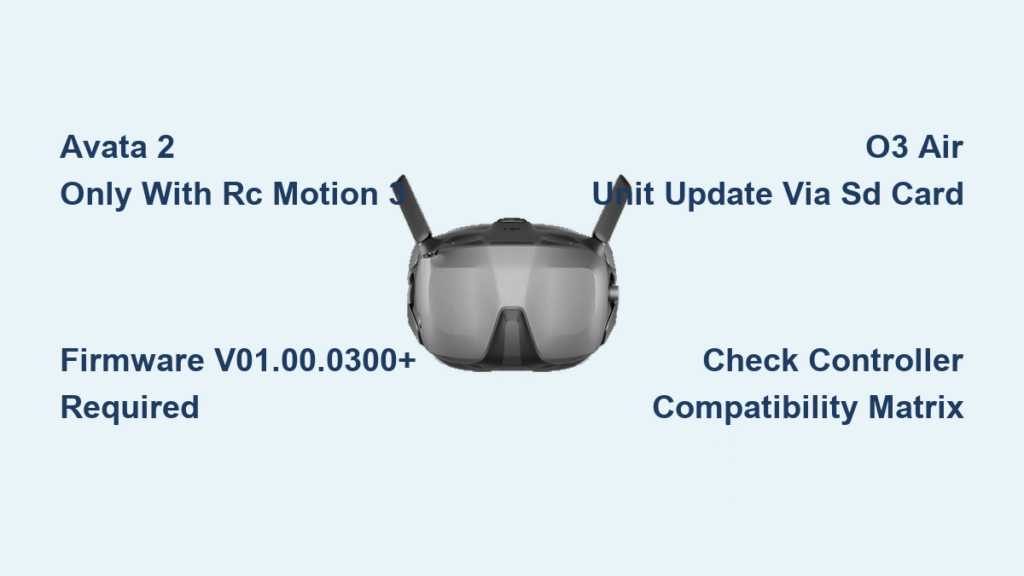Your autonomous drone operations grind to a halt when temperatures drop below freezing—not because your Matrice 4D can’t handle the cold, but because the DJI Drone Dock 3 automatically pauses charging to protect batteries. Temperature limitations aren’t just technical specs; they’re the difference between seamless 24/7 operations and costly downtime during critical missions. Understanding the DJI Drone Dock 3 temperature range ensures your autonomous system performs reliably across diverse environments.
With an operational range of -30° to 50° C (-22° to 122° F), the Dock 3 outperforms its aircraft in extreme conditions, but this capability requires strategic deployment. This guide reveals precisely how temperature affects every component of your DJI Dock 3 system, when to expect automatic safety interventions, and proven techniques to maximize uptime in challenging climates.
DJI Dock 3 Full Operational Temperature Range Explained
The DJI Drone Dock 3 maintains complete functionality across -30° to 50° C (-22° to 122° F), a range specifically engineered for industrial deployments from Arctic oil fields to desert solar farms. Within this spectrum, all systems—charging, climate control, and automated operations—function without compromise, making it one of the most temperature-resilient autonomous drone stations available.
Cold Weather Performance at Minimum Limits
At -30°C, the dock’s 48V DC compressor-based air conditioning system works hardest to maintain internal temperatures. Battery charging automatically pauses when ambient temperatures fall below 5°C, preventing lithium-ion battery damage during charging cycles. The system prioritizes battery longevity over speed, extending standard 27-minute charge cycles by 15-20% in freezing conditions.
High Temperature Operations at Maximum Limits
When ambient temperatures approach 50°C, the dock’s cooling system shifts into high gear to protect sensitive electronics. While the dock remains operational, charging efficiency decreases by 10-15% above 40°C as the system diverts power to cooling. The compressor-based air conditioning prevents thermal shutdown by maintaining safe internal temperatures for both dock electronics and aircraft batteries.
Critical Temperature Gap Between Dock and Aircraft

Your Matrice 4D or 4TD aircraft operates within a narrower range of -20° to 50° C (-4° to 122° F), creating a 10°C operational gap that significantly impacts mission planning in extreme conditions.
Why the 10°C Difference Matters Operationally
This temperature discrepancy means your dock can function when your aircraft cannot. At -25°C, the dock remains fully operational, but the aircraft cannot safely launch. This mismatch requires careful scheduling—particularly for early morning operations in cold regions—where the dock may be ready hours before the aircraft reaches safe operating temperatures.
Battery Charging Temperature Constraints You Must Respect
The aircraft battery has even stricter charging requirements: 5° to 45° C (41° to 113° F). The dock automatically manages this through its climate control system, warming or cooling the charging bay as needed. Charging pauses automatically if battery temperature falls outside these safe parameters, preventing permanent damage to your expensive power systems.
Strategic Installation for Temperature Management
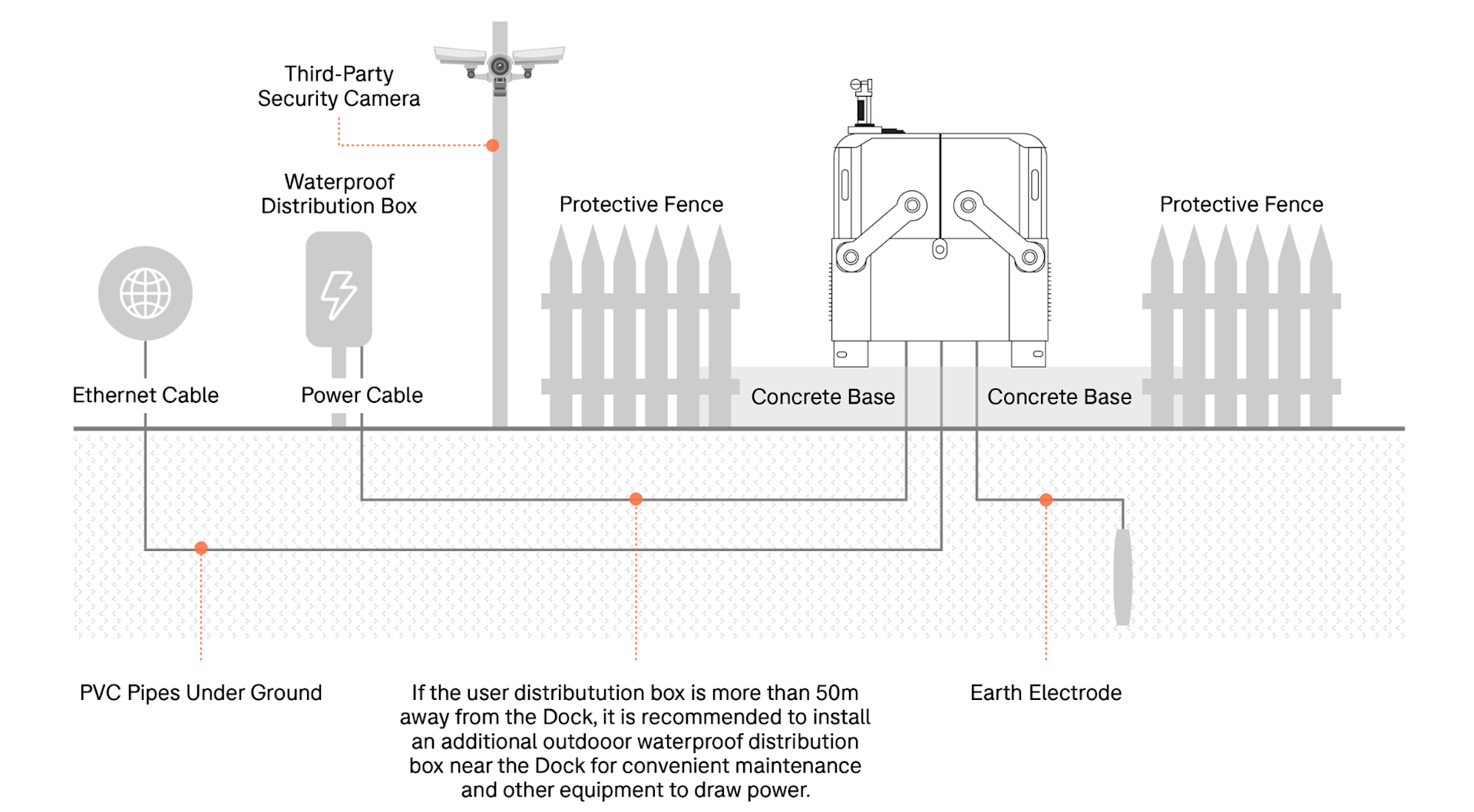
Where you position your DJI Dock 3 dramatically impacts its ability to maintain optimal temperatures with minimal energy consumption.
Sun Exposure Management for Hot Climates
Avoid direct southern exposure in hot deployment locations to prevent solar heating that pushes internal temperatures toward operational limits. Install docks under shade structures or apply reflective coatings to reduce heat absorption by 15-20°C during peak summer months—critical when ambient temperatures approach the 50°C ceiling.
Wind Shelter Benefits for Cold Deployments
In sub-zero environments, position docks to minimize wind exposure while maintaining aircraft approach clearances. Wind chill effects can drop effective temperatures by 5-10°C below ambient readings, potentially pushing conditions below safe operating thresholds even when thermometers show acceptable levels.
Ground Temperature Effects You’re Overlooking
Elevate docks 30cm above ground level to avoid radiated heat from hot surfaces or cold-sink effects from frozen ground. This simple modification can moderate extreme temperature swings by 3-5°C, reducing the workload on the air conditioning system and extending component lifespan in challenging environments.
Seasonal Performance Optimization Protocols
Different seasons require specific operational adjustments to maintain peak performance within the DJI Drone Dock 3 temperature range.
Winter Deployment Checklist for Sub-Zero Operations
Before winter deployment, activate dock heating systems 30 minutes prior to scheduled missions when ambient temperatures drop below -15°C. This pre-conditioning ensures batteries reach safe charging temperatures before aircraft return. For Arctic deployments, install heated enclosures around dock bases to maintain ground-level temperatures above -25°C, preventing ice formation that could interfere with landing gear.
Summer Heat Mitigation Strategies for Desert Operations
During summer peaks, schedule missions during cooler periods—early morning or late evening—to avoid thermal throttling. For desert installations, add solar shades and active ventilation systems to maintain dock temperatures below 45°C during peak heat. These modifications can extend operational hours by 2-3 hours daily during summer months when ambient temperatures regularly exceed 45°C.
Temperature Alert Systems and Data Monitoring
The DJI Dock 3 provides multiple temperature monitoring capabilities through its integrated sensor suite and FlightHub 2 platform.
Automated Shutdown Triggers That Protect Your Investment
Critical temperature alerts trigger automatic mission pauses when conditions exceed safe ranges. The system sends notifications through FlightHub 2 and the DJI Enterprise app before equipment damage occurs, preventing costly repairs from temperature-related failures.
Historical Temperature Tracking for Predictive Maintenance
FlightHub 2 stores 30-day temperature trend data, enabling operators to identify patterns and optimize deployment strategies. By correlating temperature data with mission success rates, you can establish site-specific temperature thresholds that may be more conservative than standard specifications, ensuring 99%+ uptime in critical applications.
Backup Battery Performance Across Temperature Extremes
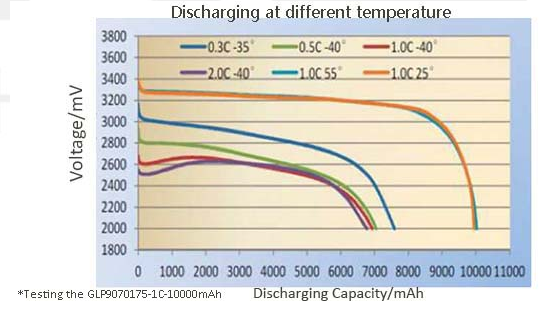
The dock’s 12Ah lead-acid backup battery operates throughout the full dock temperature range but delivers varying performance based on conditions.
Cold Weather Backup Duration Realities
At -20°C, the backup battery provides 4+ hours of basic monitoring and communication functions. However, it cannot power charging or air conditioning during outages, making external power restoration critical in cold climates where dock heating systems consume significant energy.
Heat Stress Effects on Backup Systems
In 45°C+ environments, backup battery life decreases to approximately 3.5 hours. The lead-acid chemistry experiences accelerated degradation, requiring more frequent maintenance checks in hot deployment locations to ensure reliable operation during power interruptions.
Temperature-Driven Maintenance Schedule Adjustments
Temperature extremes accelerate component wear and require modified maintenance intervals to maintain reliability within the DJI Drone Dock 3 temperature range.
Cold Climate Maintenance Protocol
In sub-zero deployments, inspect weather seals monthly instead of quarterly. Cold temperatures cause seal contraction, potentially compromising the IP56 rating and allowing moisture infiltration during thaw cycles—particularly damaging to electrical components.
Hot Climate Service Intervals That Prevent Failures
Above 40°C ambient temperatures, reduce air conditioning filter changes to every 2 weeks. Dust accumulation combines with thermal stress to reduce cooling efficiency by up to 30%, directly impacting the dock’s ability to maintain operational temperatures during extreme heat events.
Key Takeaway: The DJI Drone Dock 3’s -30° to 50°C operating range provides exceptional flexibility, but success lies in understanding the interplay between dock capabilities and aircraft limitations. Monitor ambient conditions through FlightHub 2, pre-condition systems in extreme weather, and adjust maintenance schedules based on deployment climate. These practices transform temperature specifications from limitations into reliable operational parameters for autonomous drone fleets. For optimal performance, always verify local temperature forecasts before scheduling critical missions and implement the strategic installation techniques specific to your climate zone—your operational uptime depends on it.

